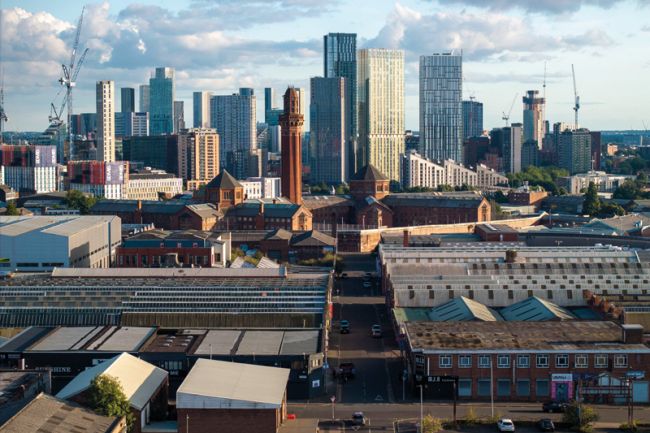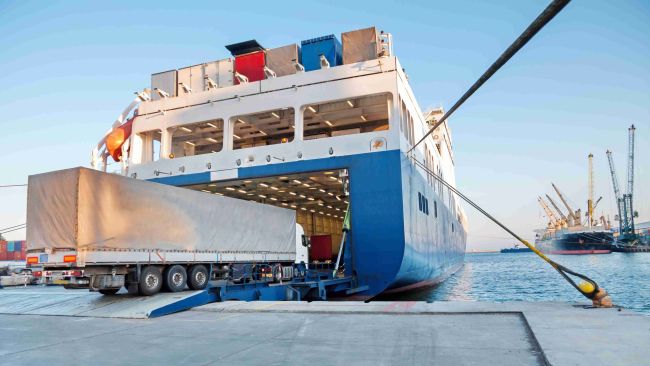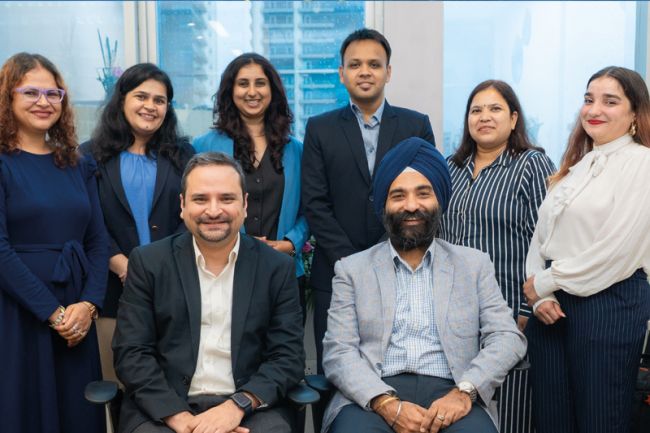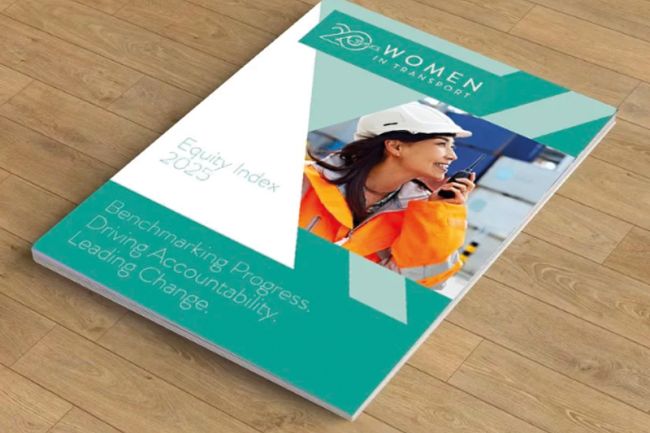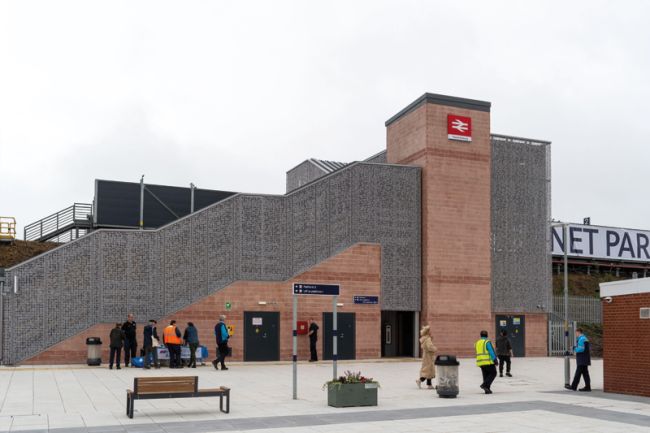Managing the Net Zero transition: Steer’s six levers for a successful transition
In March, the Intergovernmental Panel on Climate Change (IPCC) released their final report on the state of our warming planet.

In March, the Intergovernmental Panel on Climate Change (IPCC) released their final report on the state of our warming planet. It's a stark warning? Time is running out.
A liveable future, achieved by limiting global temperature increases to 1.5 °C above pre-industrial levels, is still within grasp. But to achieve it, humanity needs to reduce carbon emissions by 43% compared to 2019 levels by the end of this decade and by 84% by 2050. This is why the 2020s has been coined the ‘decade of delivery’.
The onus is on historically-emitting industrialised nations to make the biggest cuts, and targets are in place, with the UK, EU, and US all promising big reductions by 2030.
However, targets are one thing; reaching them is another.
While progress has been made in terms of policy commitments, ambitions and implementation still lag well behind what is needed to achieve emission reductions in line with a 1.5 or even 2 °C world. Behind these numbers lies an indisputable fact; the transition to net zero requires nothing less than a wholesale societal transformation from a high-carbon, ‘take-make-consume-dispose’ economic engine to a low carbon system that is ‘restorative and regenerative by design’.
Over the next eight years, economic sectors, individual firms, local, regional, and national governments, public services, cities, and local communities need to make significant headway towards net zero. This transition will require purposive and systemic changes in lifestyles and patterns of consumption and production in all industrialised and industrialising economies and over a prolonged period of time. It will need to involve all strands of society: businesses, consumers, civil society groups, the media, local residents, city authorities, political parties, advisory bodies, and government ministries. And it will be a complex and multi-dimensional process involving widespread, low-carbon technological deployment and social change that needs to occur at an unprecedented scale and pace.
Transition strategies also require careful consideration of significant socioeconomic challenges, such as energy affordability, quality of life, and inequality, in order to support development that is both sustainable and just.
Delaying action will be costly as the impacts of climate change increase in severity and scale. Those failing to act will be exposed to physical and transitional climate risk, including liability risks, including from people or businesses who have suffered losses resulting from physical climate impacts making claims against companies for their contribution to climate change.
Our Six Levers for a Successful Transition Management
LEARNING
EVERYTHING ON THE TABLE
VISION FORMING
EVALUATION & MONITORING
RISKS & OPPORTUNITIES
SHARING
At Steer, helping communities and societies transition to net zero is a passion for all our employees, across every sector and every geography in which we work. Our experienced team offers evidence-based, impartial advice and practical support built on years of delivering complex projects with legacy at their heart.
We understand that the net zero transition will necessarily be both a top-down and bottom-up endeavour. Given this, there is no ‘one size fits all’ approach. National governments may have comprehensive plans that set targets and define the general initiatives for their entire national contexts, but local actors (e.g., municipalities and firms) will be responsible for delivering the transition in their locales. We understand the complexity of net zero transitions and have already helped communities, local, regional, and national governments, and businesses manage their transition, using our six levers for a successful transition:
Learning – as there is no precedent for the scale and pace of change that needs to occur. Net zero transitions are effectively living labs – innovation ecosystems in real-life environments and require exploring, experimenting, reflecting, and learning. Stakeholders such as businesses, local governments, and communities need to be brought up-to-speed on what net zero will look like in their locale, why it is necessary, and what the potential benefits and trade-offs will be. And, as net zero transitions progress, learning and experiences need to be shared and discussed through local to global networks continuously so that those involved understand the steps of their net zero journey, are able to course correct, scale up initiatives, and replicate best practice.
Everything on the tabletechnologically ‘agnostic’ view, is strongly based on evidence, and places a premium on co-production with local partners. Transitions are complex processes. We recognise that many different actors need to be involved. Multiple perspectives need to come together to facilitate and stimulate innovation and identification of possible sustainable solutions. Furthermore, transitions need to be mobilised and realised by multiple actors or partnerships of actors. They are collaborative – and setting up the governance systems for this at the very start is crucial for success.
– when it comes to net zero, it’s important to keep both an open mind and put all the potential interventions on the table. Our approach to Transition Management takes a
Vision formingIt is important to have a shared vision for what your community will look like that reflects collective values and is co-designed with local stakeholders. Net zero transitions are not only about the diffusion of new technologies but also about changes in user practices, cultural discourses, and broader political struggles. Public support is central for political legitimacy for what could be significantly disruptive changes to our current way of life. For example, recent research by the International Monetary Fund into public perceptions of climate mitigation policies found that, while most people surveyed across 28 advanced and emerging market economies were concerned about climate change, with a higher share of people in emerging market economies already feeling its effects compared to advanced economies, the concern alone did not translate into across-the-board support for policies. Along with perceptions of climate risk, perceived effectiveness in reducing emissions, fairness or distributional burden, or other perceived co-benefits (e.g., air quality, health outcomes, or new jobs) were major predictors of support for climate mitigation policies.
– creating a vision for your local community or business before kicking off is a key initial step for the development of a transition plan. A net zero transition means a complete transformation of the way in which we live – from housing to mobility, through to how we get our food.
Developing a shared vision from the outset will help to maximize legitimacy and support. The process of vision forming will create a space for complex negotiations regarding tradeoffs between multiple objectives and constraints such as cost-effectiveness, equity, and political feasibility. It will also help shape sectoral and cross-sectoral targets and measures to achieve these targets.
Evaluationand monitoring – need to be embedded into the design of a transition plan, its management, and implementation. Due to the necessary pace of change, continuous monitoring of progress is required to both ensure that emission targets are met, and environmental, social, and economic outcomes and impacts are consistent with the agreed vision and a just transition. Areas for improvement or unintended consequences need to be quickly identified so adjustments can be made. Where public money is involved, policy-makers and the electorate will also want to understand if initiatives represent value for money (see for example our recent project for the Welsh Government and Natural Resources Wales). This will also build trust, confidence, and political legitimacy over the course of the transition. Further, transition plans are likely to involve a significant amount of experimentation (see Learning above). Embedding evaluation and monitoring within a transition plan means that learning can be effectively shared with other communities undergoing transitions or similar experimentations. With the critical role of finance in enabling the net zero transition, robust evaluation and monitoring frameworks can also provide an opportunity for mobilising capital through, for example, sustainability linked finance instruments. Finally, transition plans need to be resilient and reflexive as the wider context (regional, national, or global) evolves. For example, the impact of the recent conflict in the Ukraine on global energy markets or changing consumer and investor sentiment towards sustainable products and services. Tracking progress will help identify where parts of the transition plan might be under stress – enabling those responsible for implementation to problem-solve. Alternatively, where external circumstances create an opportunity for acceleration, these can be acted upon swiftly.
Risks and opportunities establishing the point of departure is central to determining the right blend of interventions and the overall success of the plan. After developing a baseline, our approach involves the development of a suite of “transition building blocks” (see for example, our recent action plan for development of an energy storage and circular bioeconomy cluster in Northern Ireland). This step draws on extensive mapping of local assets, knowledge, and skills and alignment to the defined vision. Exploring the feasibility and potential impacts (e.g., emissions, employment) of each building block will support the identification of the ‘low hanging fruit’, medium and long-term opportunities, and potential risks (e.g., skills gaps) to delivery and solutions to mitigate these. Successful rapid transitions will need to build on the physical and institutional infrastructure that is already there, whilst also enabling reconfiguration of that same infrastructure (such as finance or the built environment). This will create the conditions for experimentation, innovation, and new actors or firms that are transitioning to flourish and scale up. This also means that ‘transition building blocks’ need to be continually revisited, revised, and developed. Whilst the vision may be agreed at the outset, transition plans will not be static. They will evolve as local and external contexts change and innovations emerge.
- before beginning a net zero journey, evaluation of current resources and facts on the ground is essential in order to create a workable plan. Whether it’s emissions baselining or understanding the characteristics of the housing stock or woodland assets,
Sharingtaking a ‘open innovation’ approach or ‘collaborating to compete’ through the development of net zero transition networks to share and reflect on learning will enable other firms and communities to replicate best practices, identify opportunities for symbiosis, improve their own net zero transitions, and maximise green growth opportunities.
– there is little time in which to achieve our net zero ambitions. Given this, sharing results and insights from transition planning with other areas or sectors undergoing transitions must be hard-wired into all net zero plans. Whilst no two pathways will be the same,
History tells us that social transformations are nothing new, and many have arguably led us to our current environmental predicament.
The Industrial Revolution, the great acceleration, and even the advent of formalised agriculture, which saw humans cease hunter-gathering and start to cultivate wild grasses, have all shaped human history. However, whilst these may represent wholesale socioeconomic changes, they took place over hundreds of years. The net zero transition, still in its infancy, has less than a decade in which to take place.
Against this challenging backdrop, Steer’s six levers can help create the right pathway for a community, project, or organisation to transition to net zero by 2050. Our experienced consultants have already helped public and private sector clients around the world create net-zero transition plans and solutions that are having a long-lasting impact in their localities.
Keen to find out more? Contact Serbjeet Kohli today to see how we can support you wherever you are on your net-zero journey.




